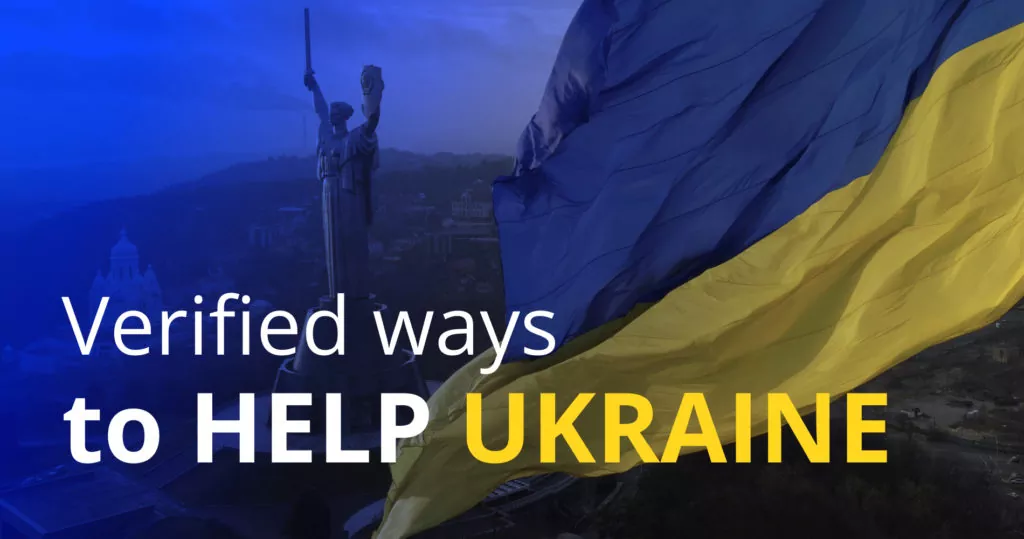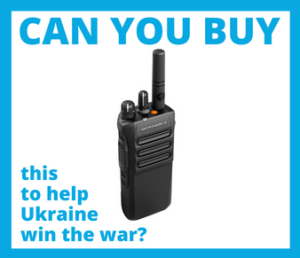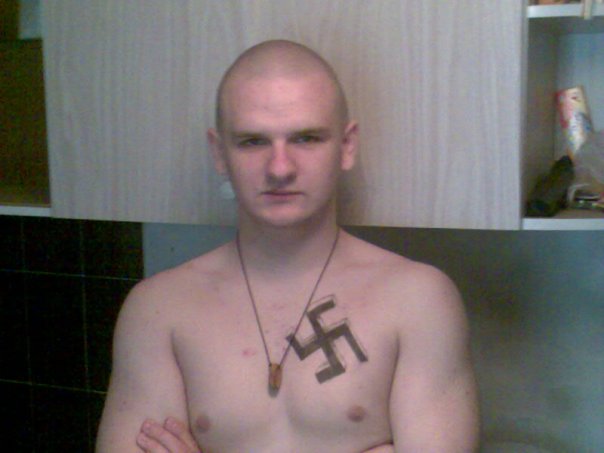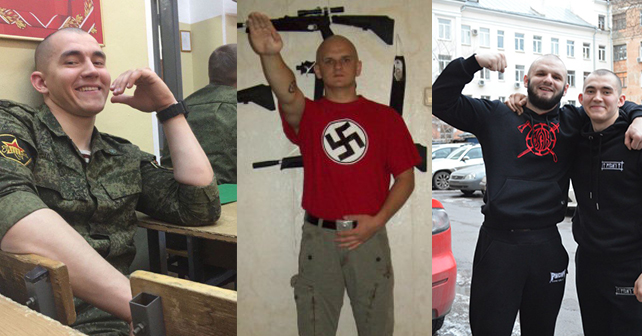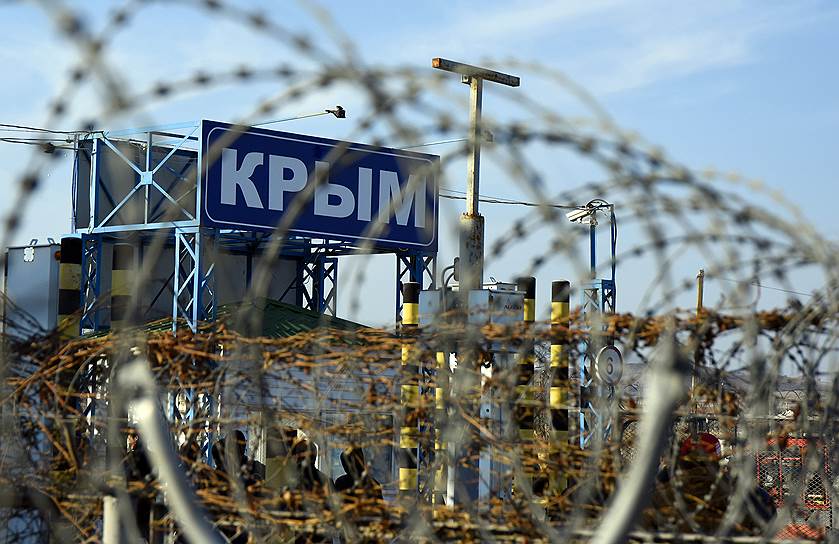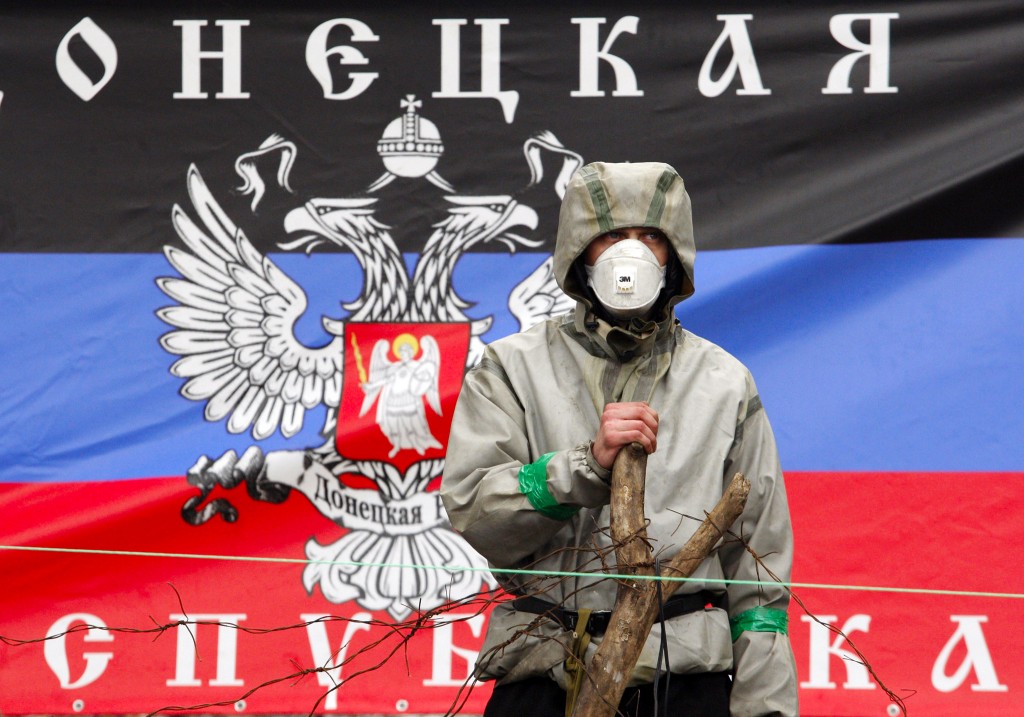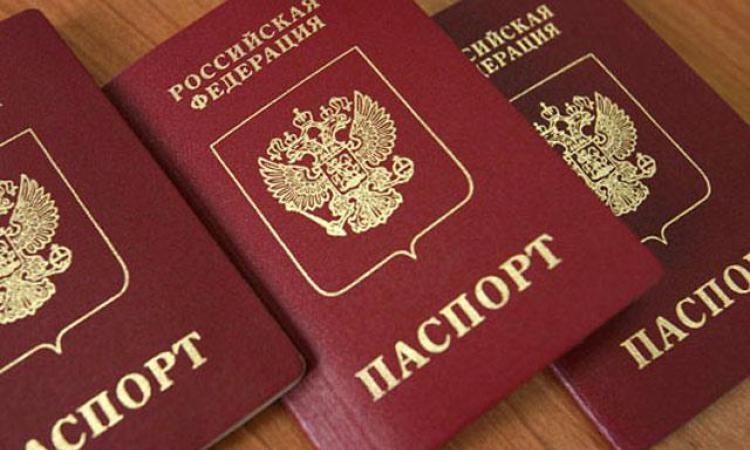Read more on PMC Wagner:
- Wagner mercenaries: what we know about Putin’s private army in Donbas
- Ukraine names over 150 mercenaries from “Putin’s private army” fighting in Ukraine and Syria
PMC Wagner’s special task force “Karpaty”
The first public mention of the Karpaty operative task force as a part of the Russian PMC Wagner appeared in an interview of a “Donetsk People’s Republic militant” Mikhail Polinkov with a separatist media outlet in February 2018. RFE/RL’s Donbas desk analyzed the interview and asked the Ukrainian Security Sevice (SBU) to comment the discovered facts. The SBU confirmed that the Karpaty group existed and almost 40 Wagner mercenaries out of nearly 2,000 known by the agency were identified as Ukrainian citizens, members of the Karpaty.
Later in May, SBU head Vasyl Hrytsak told at a press briefing that the agency had established the identity of Lieutenant-Colonel Oleg Demyanenko who was responsible for the training of the Karpaty team. Meanwhile, the bulk of the detachment’s personnel were members of illegal armed groups (IAGs) from the Ukrainian Donbas, according to Hrytsak.
Russian professional militaries in command, rank-and-file personnel from Donbas IAGs
The team of the IHTAMNET_M0209 project jointly with the activists of InformNapalm volunteer intelligence community used methods of human (HUMINT) and open-source (OSINT) intelligence to identify 50-plus members of the Karpaty mercenary group. They found out that the detachment has been under command of at least eight Russian nationals, former professional militaries. Around 40 other mercenaries were pro-Russian Ukrainians who fought against Ukraine in the Donbas and then went on to make a pretty penny out of the Syrian war.
The activists identified eight Russian citizens as commanders of the Karpaty group:
The rest of the identified personnel are local residents who lived in Ukraine before the war and later became Russian mercenaries in the Donbas and Syria. The investigators revealed that 40 Ukrainian citizens were the members of the Karpaty group. Here are some of them:
One of the Karpaty group members, Andriy Kozyrenko from the city of Torez, Donetsk Oblast was captured by the Armed Forces of Ukraine back in 2015, then exchanged as a POW. Later he enlisted in the Wagner PMC. InformNapalm published footage of Kozyrenko’s interrogation in 2015:
The investigators have not identified the citizenship of seven more Wagner mercenaries designated to the Karpaty task force.
Read the full detailed report in English on the InformNapalm website.
More finds on PMC Wagner
Returning downed vehicles to Russia in 2015
In mid-May, the Security Service of Ukraine published an intercepted conversation dated as 12 February 2015 between the head of PMC Wagner, Dmitry Utkin, and his subordinate, Russian national Sergey Kovalyov, according to SBU. The call was made amid the Debaltseve Battle in which the Wagner mercenaries took an active part.
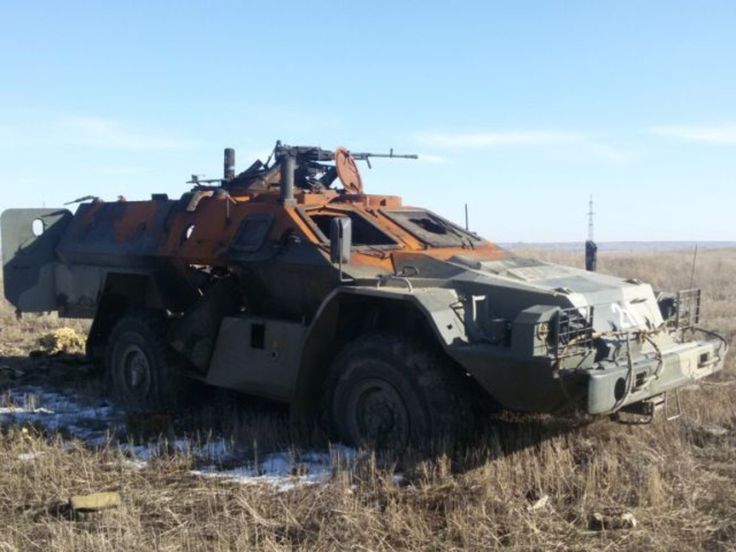
Utkin and Kovalyov talked about the urgent backload of Russian-made Kamaz-43269 Dozor vehicles, downee near Debaltseve by the ATO forces. This equipment has been in service only in the Russian Armed Forces and if the Ukrainian Army would have captured a Dozor, this could be another evidence of the Russian direct involvement in the aggression against Ukraine in the eastern provinces.
Read also: What we know about Russian troops in eastern Ukraine
Two Russian Nazis in PMC Wagner
The InformNapalm volunteers have identified two Russian Neo-Nazi brothers as PMC Wagner mercenaries who fought in Syria.
Vladislav Krasnolutsky was the first of them to join the Wagner private army. Deployed to Syria, he was killed in Deir ez-Zor province on 10 October 2017.
Sentenced by a court to 11 years in prison for kidnapping, his brother Artem Krasnolutsky escaped and fled to Wagner’s training base in Molkino to join the PMC and was sent to Syria in March.

The accusation of Nazism is one of the favorite techniques of pro-Kremlin outlets and Ukraine is the most “targeted” country in this respect. Meanwhile, the Nazis can be found among the Russian mercenaries.
Read more:
- Identical statues to Russia’s “Wagner” mercenaries erected in Syria, occupied Donbas
- Putin comes up with another way to hide Russian combat losses
- Moscow’s private military companies continue to be a serious threat in Ukraine
- Wagner mercenaries: what we know about Putin’s private army in Donbas
- Putin’s Cook and other indictments
- Moscow preparing to replace its forces in Donbas with ‘private’ military ones
- Russia’s “ghost” armies and the “heroes of the Russian spring” in Ukraine
- Russian participation in the war in Donbas: evidence from 2017
- Ukraine names over 150 mercenaries from “Putin’s private army” fighting in Ukraine and Syria
- Russia recruited over 5,000 mercenaries to fight in its wars abroad, SBU says
- How Russia recruits Serbian mercenaries into the ranks of its fighters in Donbas


